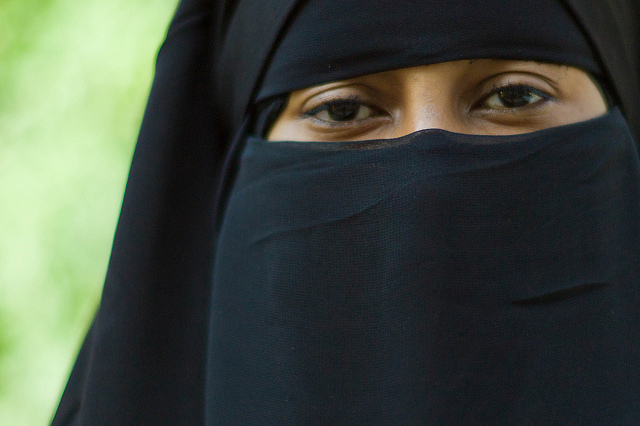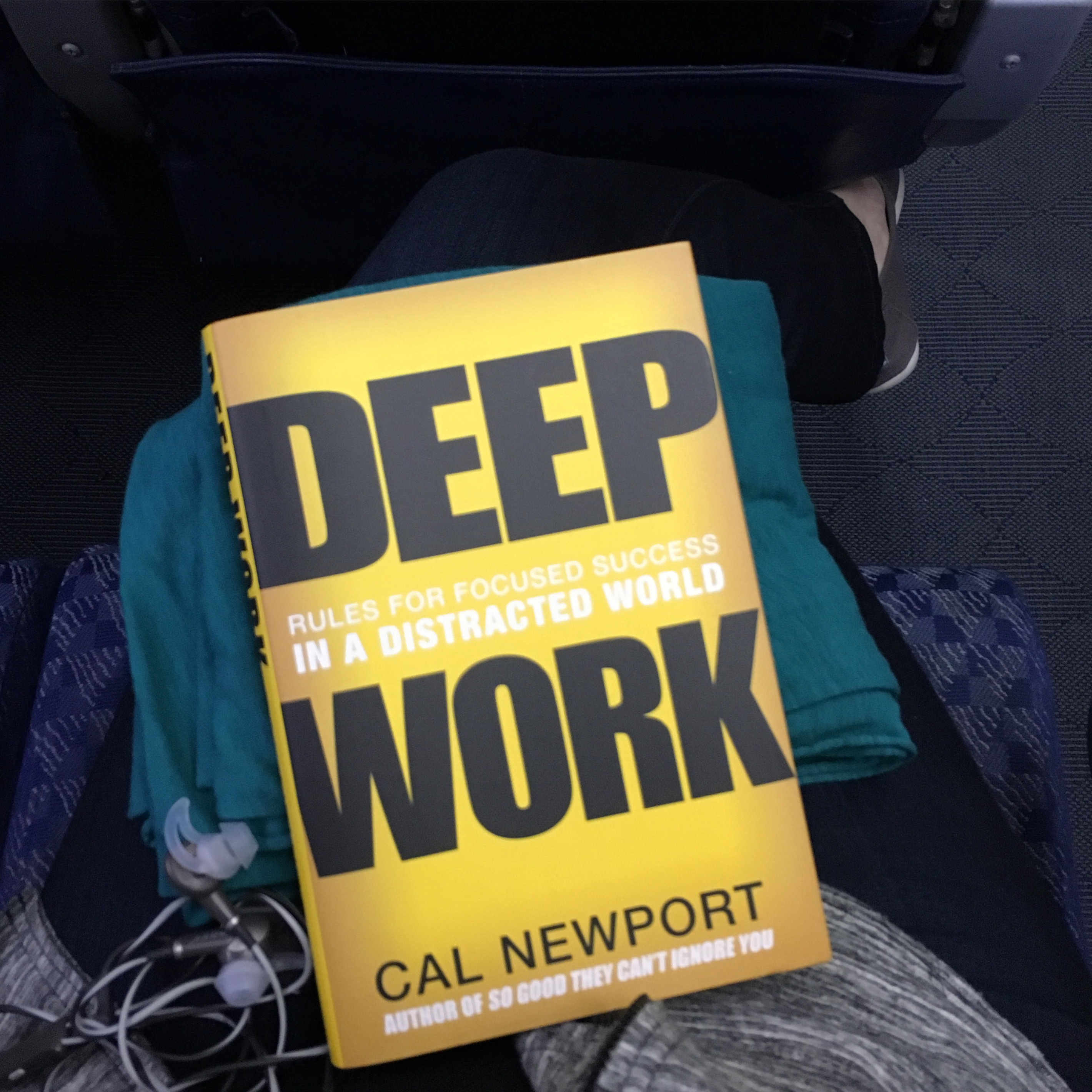The veil is considered an external symbol of a Muslim women’s internal religious belief. As a Western women, I confess that it’s a completely foreign concept to me. My travels over the past couple of years have brought me to Egypt and to India and have prompted me to learn much more about why Muslim women wear the veil.
There’s much more to Islam than this single tradition, but for many Westerners it seems to encapsulate the differences between the Muslim world and the West, and even the differences between Islam and Christianity or Judaism. As such, it’s worth learning more about.
“Rana Jarbou is conducting an experiment, using herself as the guinea pig. For one full week, the 30-year-old resident of Riyadh, Saudi Arabia, is wearing the niqab when she leaves home — a traditional form of dress that conceals all of a woman’s hair and her face except for her eyes. Jarbou is chronicling the experience on her blog, Desert Rain.”
Discovered via The Atlantic Cities, by Sarah Goodyear
The niqab is similar to a burqa, but different. A burqa covers everything including the eyes whereas the niqab leaves the eyes visible.

Day Four – The Supermarket & Everyday Life
“Those were very, very long five minutes. I grabbed by bags after getting my change and immediately went out. I was relieved to get into the car. but then I started thinking about what had just happened. For the first time in 26 years, I walked into a familiar place with familiar faces, but I was a complete stranger. Then I thought about other public places in Riyadh where I would become a stranger now that I am wearing the niqab. The Costa Coffee in Granada Mall. I will not be greeted when I walk in, and they will not try to guess what I’d like to have. Even on a bad day, I have never managed to walk into that Costa without cracking a smile. I know all the staff. We ask each other how we are doing. We complain about the heat. Or they ask me where I’ve been. Speaking of that question “where have you been?”, even the Topshop salesman asks me that when I disappear for a long time. It’s nice. I like it when I interact with people in public places as humans, and especially in the places I go to regularly. With time or frequent visits, a human relationship develops. I went into deep thoughts about how being faceless strips me of my humaneness.”
By Rana Jarbou on Dessert Rain.
- Why Muslim Women Wear the Veil, BBC (10/5/2006). See especially the illustrations of different types of veils. Don’t confuse the burqa with the hijab or the niqab anymore.
- An Emerging Mystery via Susie’s Big Adventure, an American woman living in Saudi Arabia.
- I struggled to find a picture that I could post legally of a Saudi niqab, the top picture purports to be from Saudi Arabia and looks similar to the one Rana wore. So I went with it. The other woman in the photo above was apparently found in Somaliland, an indicator of the diversity found within the Muslim world.
- The World’s Muslims: Unity and Diversity, The Pew Forum on Religion & Public Life (released on 8/9/12). Check out the highlights presented in infographic format.
Photos: zbigphotography, Alfred Weidinger
